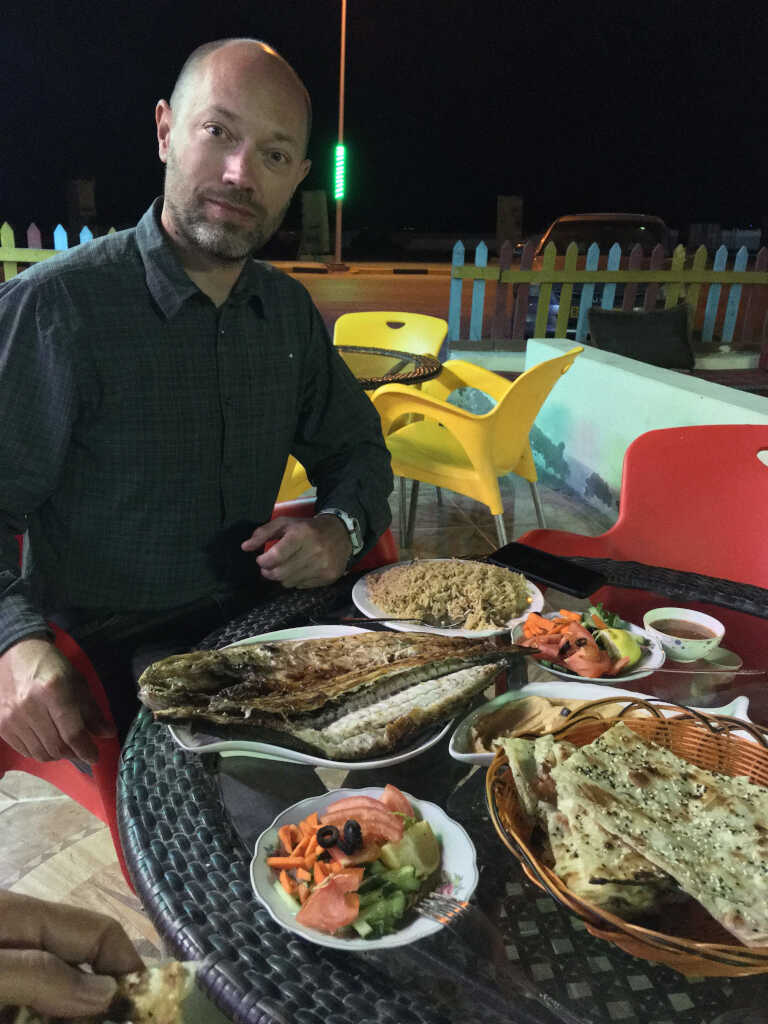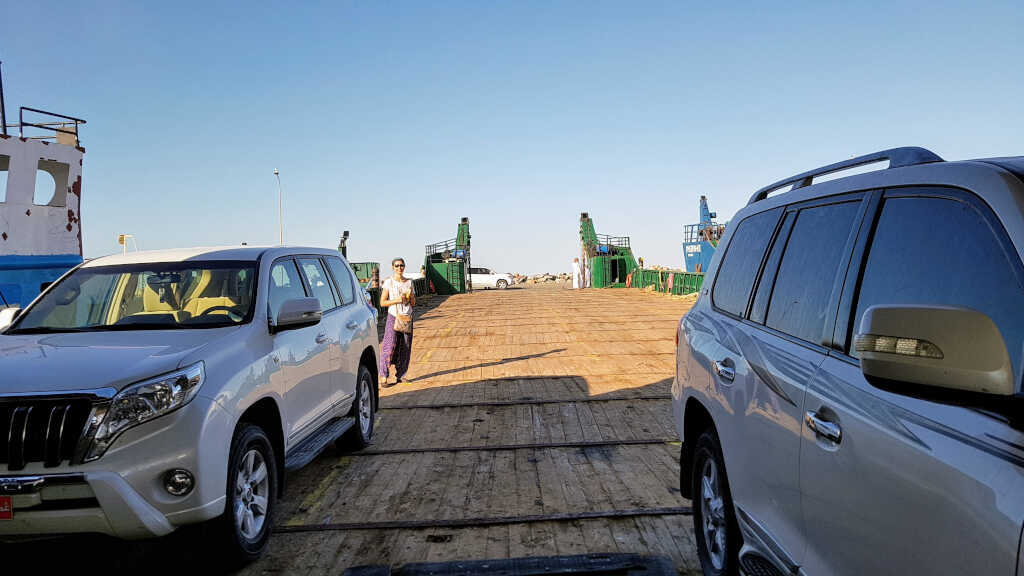Travelogue Oman 2019
Masirah Island
The rest of the day was reserved for the drive to Masirah Island, about 250 km by road to Shanna and then on by ferry. The ride up to Shanna was less than spectacular. At the port, there are two ways to get to the island: the public ferries, which are classic modern ferries, with parking decks and passenger decks, and commercial, non-government ferries, which are much older, a little slower, a little cheaper, and a little more adventurous.
As far as I know, you can’t find out in advance online when the next ship is leaving, especially not for the commercial ferries. So you drive (not too late in the afternoon) to the port and ask. We asked first at the public ferry, it was minutes before departure and so we chose this option on the way there. The tickets for the public ferry can be bought in a building at the harbour. With the commercial ferries, you go, as far as I know, straight to the ship and if they’re taking you, you pay once the ferry has left.
If I remember correctly, on the public ferry you also have to stay on your seat in the passenger deck, so there are no photos here either, because there was nothing to see.
Masirah is the largest island in Oman. There are endless beaches and lots of animals to see. We didn’t see many on land, supposedly there are lots of birds there – at least in the right season. We didn’t see any turtles either, you would have to know at which beach to be at night at the right time of the year. Our visit was definitely worth it though.
Shortly before sunset we arrive at the harbour of the small town Hilf, the biggest or even the only real town on the island. First we drive a little bit along the coast to the south (to 20.615,58.86444), where many traditional fishing boats, so called Dhows, lie at anchor or at low tide on dry land. We walk barefoot through the mud and take lots of photos.

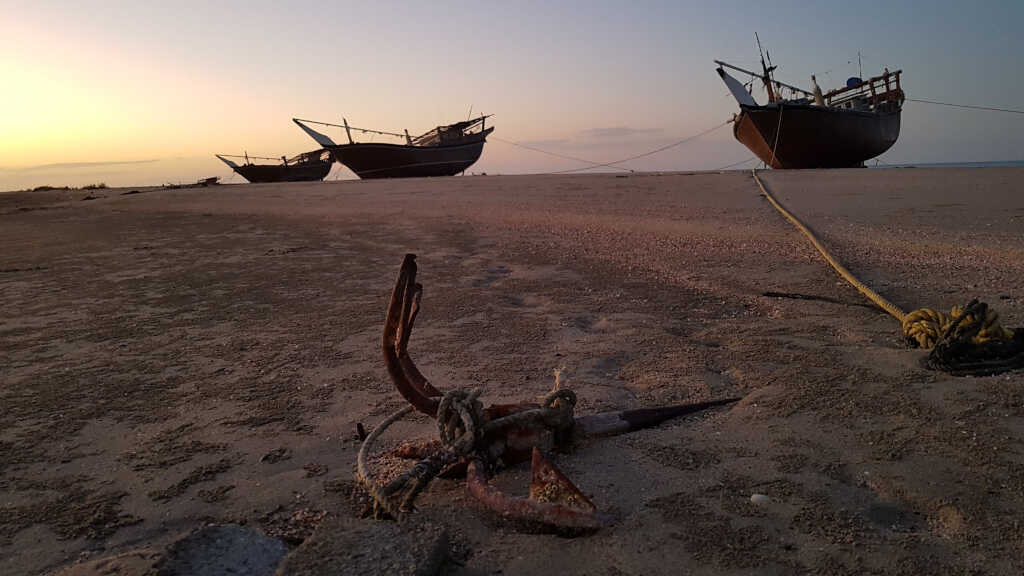
Afterwards we look for a hotel, buy some supplies, have something to eat and then go to bed.
The next morning we followed the west coast south.
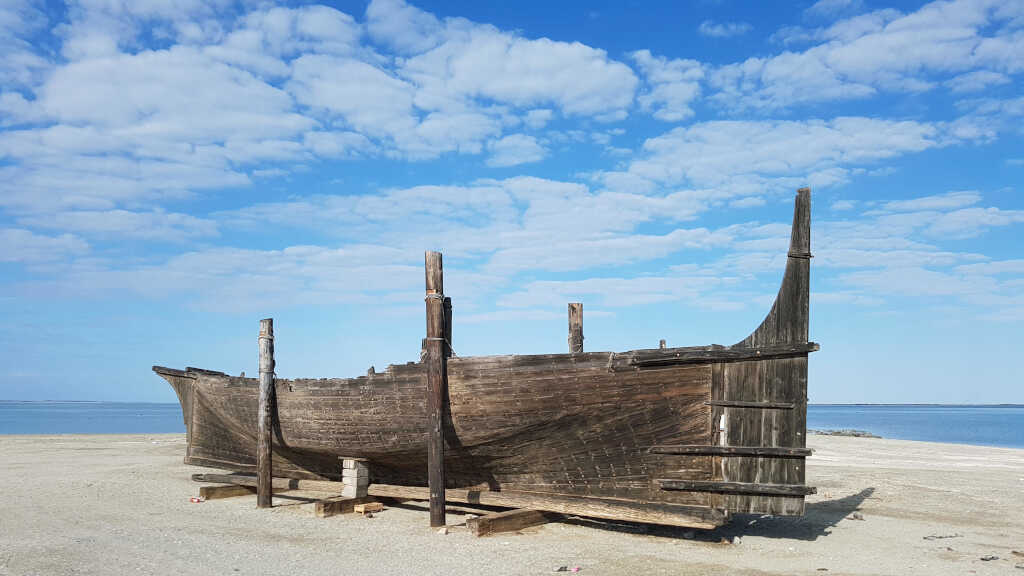
A few kilometers further south we spent a first small bathing stop at a supposedly completely lonely beach. Then for a moment big excitement with us, as almost as from the nothing a small fishing boat with five or six fishermen appears. We quickly wrapped Malina up in a big towel and she moved back for a bit while I went over to the fishermen, who were very friendly to me. We communicate with hands and feet, because the fishermen speak as much English as I speak Arabic.

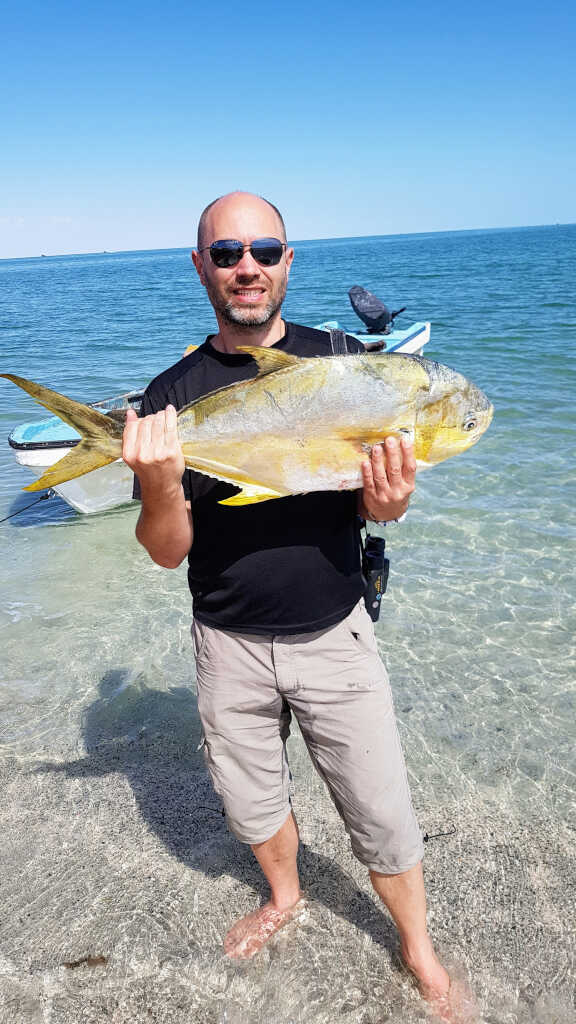

We spend the rest of the day at a wonderful beach almost at the very south of Masirah Island. The tide is going out and we can watch the water recede. We always wade behind the water and observe how the creatures of the sea adjust to the changed situation and the coming hours without water. It’s fascinating. We took a lot of pictures, but these photos can’t really reflect our experience.
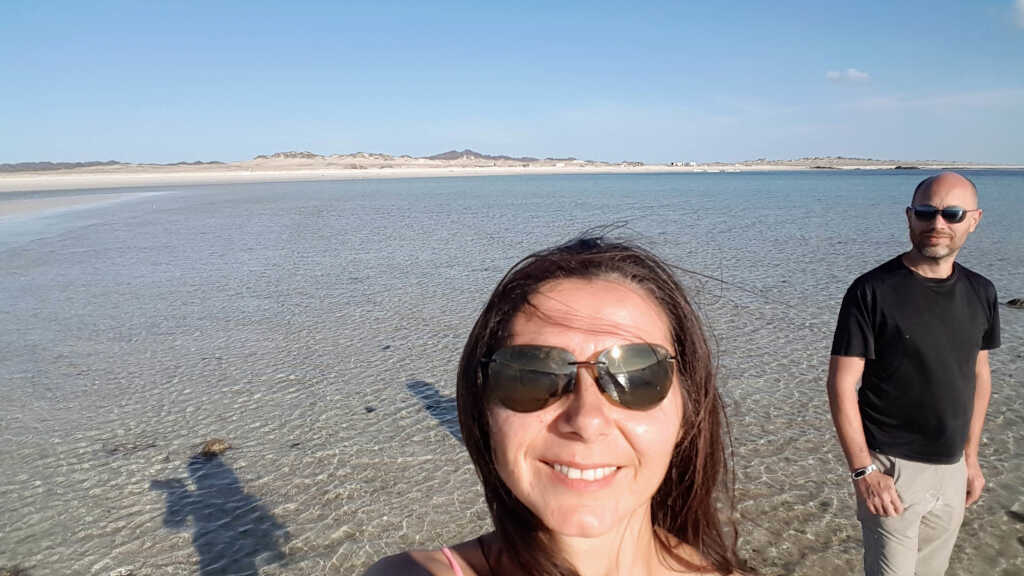
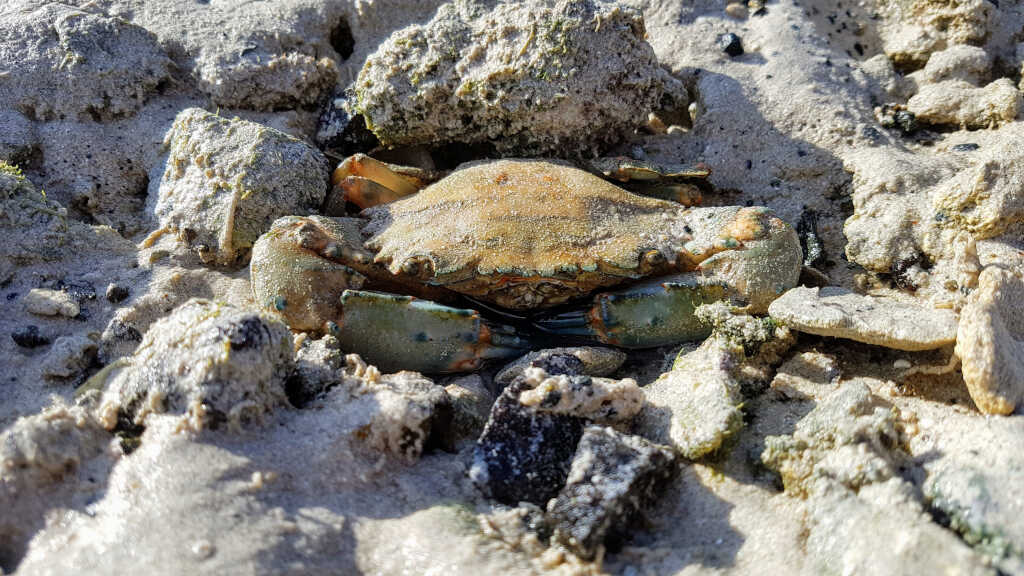
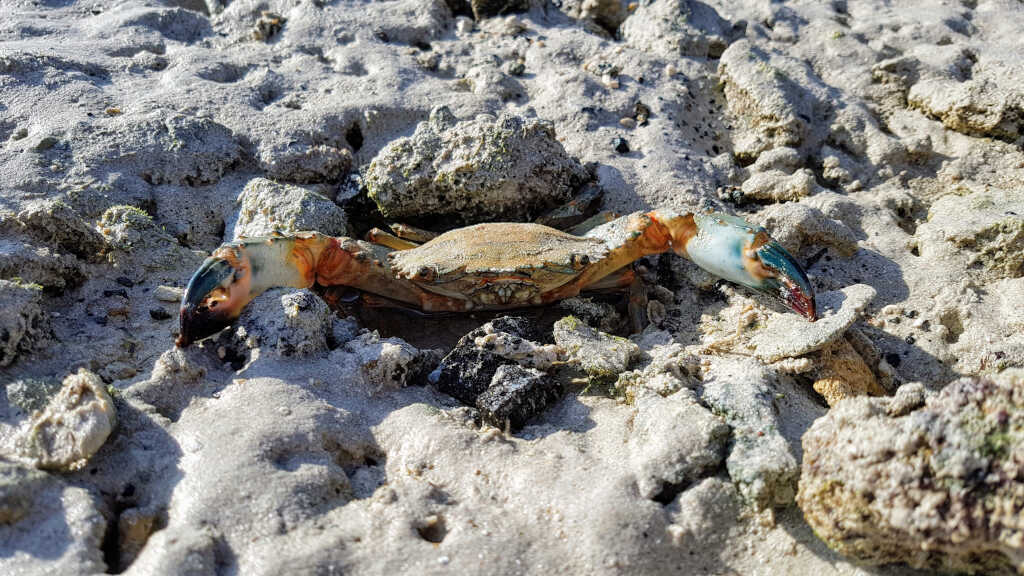
Just around the corner I find some rocks behind which are the most beautiful coral reefs I have seen in a long time. It is difficult to get into the water because of the sharp rocks, there are also not very many fish, but the corals shine in wonderful colors, which is unfortunately a rarity today.
Thus, we stay until sunset at this place and cancel our original plan to circumnavigate the island once completely. So we go back the same way in the dark.

